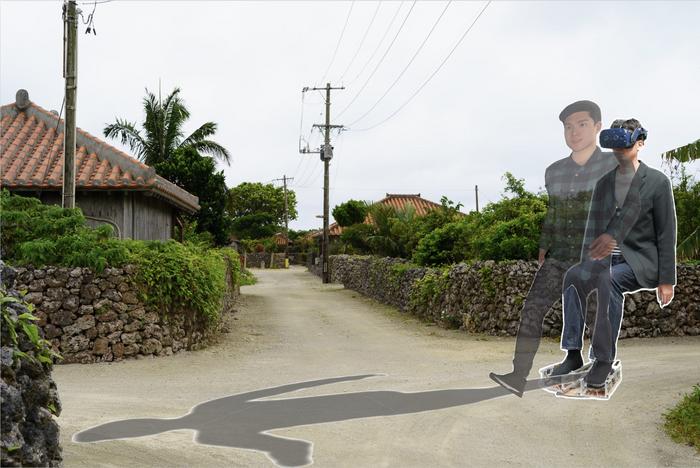Mar 01 2024
Virtual Walking
 When I use my virtual reality gear I do practical zero virtual walking – meaning that I don’t have my avatar walk while I am not walking. I general play standing up which means I can move around the space in my office mapped by my VR software – so I am physically walking to move in the game. If I need to move beyond the limits of my physical space, I teleport – point to where I want to go and instantly move there. The reason for this is that virtual walking creates severe motion sickness for me, especially if there is even the slightest up and down movement.
When I use my virtual reality gear I do practical zero virtual walking – meaning that I don’t have my avatar walk while I am not walking. I general play standing up which means I can move around the space in my office mapped by my VR software – so I am physically walking to move in the game. If I need to move beyond the limits of my physical space, I teleport – point to where I want to go and instantly move there. The reason for this is that virtual walking creates severe motion sickness for me, especially if there is even the slightest up and down movement.
But researchers are working on ways to make virtual walking a more compelling, realistic, and less nausea-inducing experience. A team from the Toyohashi University of Technology and the University of Tokyo studied virtual walking and introduced two new variables – they added a shadow to the avatar, and they added vibration sensation to the feet. An avatar is a virtual representation of the user in the virtual space. Most applications allow some level of user control over how the avatar is viewed, but typically either first person (you are looking through the avatar’s eyes) or third person (typically your perspective is floating above and behind the avatar). In this study they used only first person perspective, which makes sense since they were trying to see how realistic an experience they can create.
The shadow was always placed in front of the avatar and moved with the avatar. This may seem like a little thing, but it provides visual feedback connecting the desired movements of the user with the movements of the avatar. As weird as this sounds, this is often all that it takes to not only feel as if the user controls the avatar but is embodied within the avatar. (More on this below.) Also they added four pads to the bottom of the feet, two on each foot, on the toe-pad and the heel. These vibrated in coordination with the virtual avatar’s foot strikes. How did these two types of sensory feedback affect user perception?






